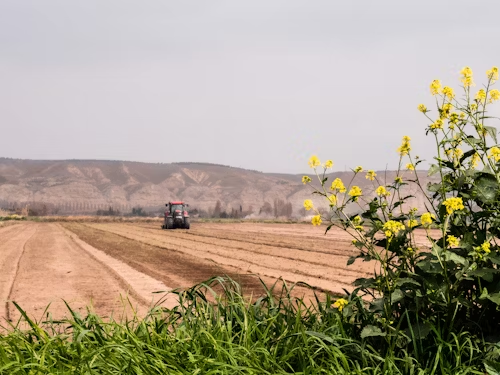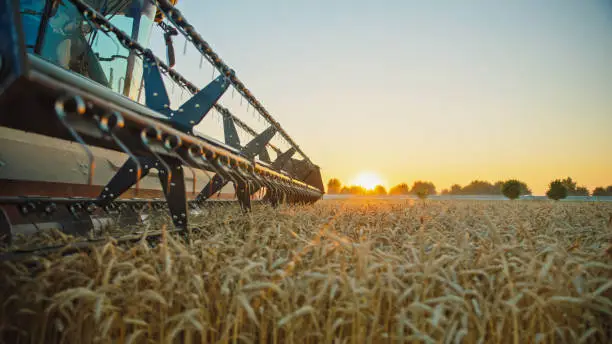Agriculture in Transition: Feeding the World and Shaping the Future
Agriculture is more than just farming—it is the engine of rural economies, the heart of food systems, and a critical player in environmental stewardship. As global needs shift and the population grows, agriculture stands at a crossroads. It must increase food production while dealing with shrinking land, water scarcity, climate change, and socioeconomic inequality. The future of agriculture depends on innovation, resilience, and a deep commitment to sustainability.
A Pillar of Global Development
Agriculture remains one of the most important sectors for global development. It contributes to nearly 4% of the world’s GDP and, in some low-income countries, it accounts for more than 25% of national income. Most importantly, it provides employment for over a quarter of the global workforce.
Smallholder farmers, who make up the majority of agricultural producers, are the backbone of food systems in many countries. Yet, they often lack access to credit, education, technology, and markets. Addressing these inequalities is crucial not only for improving livelihoods but also for achieving global food security.
The Pressure to Produce More
With the global population expected to reach nearly 10 billion by 2050, agricultural output needs to increase by at least 50% to meet rising food demand. This pressure comes at a time when arable land is shrinking, freshwater supplies are dwindling, and environmental degradation is accelerating.
Modern agriculture faces the dual challenge of increasing productivity while reducing its ecological footprint. Conventional practices that rely heavily on synthetic fertilizers and pesticides have led to soil erosion, water pollution, and declining biodiversity. As a result, the industry is turning to more sustainable approaches.
Innovation as a Catalyst for Change
Technology is transforming agriculture in ways that were unimaginable just a few decades ago. Smart farming—powered by sensors, mobile apps, satellite data, and artificial intelligence—is allowing farmers to monitor their fields in real time, optimize resource use, and reduce waste.

Biotechnology, including drought-resistant seeds and pest-resistant crops, is helping mitigate the effects of climate change and disease outbreaks. Robotics and automation are beginning to fill labor gaps in high-income countries, especially during harvest.
Digital platforms are also bridging the gap between farmers and markets. From mobile banking to crop insurance and e-commerce, technology is enabling even small farmers to access services that were once out of reach.
Climate Change and the Agricultural Frontier
No industry is more vulnerable to climate change than agriculture. Rising temperatures, erratic rainfall, and natural disasters threaten crops and livestock alike. At the same time, agriculture itself contributes significantly to greenhouse gas emissions—especially from livestock, fertilizer use, and land clearing.
This complex relationship means agriculture must be part of both the problem and the solution. Climate-smart agriculture, which integrates adaptation and mitigation strategies, is gaining ground. Practices such as conservation tillage, cover cropping, rotational grazing, and agroecology are being promoted to enhance resilience while reducing environmental harm.
Empowering the Next Generation
A major concern in agriculture is the aging farmer population. In many countries, young people are leaving rural areas in search of better opportunities in cities. Reversing this trend requires making agriculture more attractive—by improving profitability, integrating modern technology, and providing educational and business support for young entrepreneurs.
Programs that train young farmers, invest in agritech startups, and create rural infrastructure are key to revitalizing agricultural communities. Gender equity is equally critical: women make up a large percentage of the agricultural workforce but often face systemic barriers to land ownership, credit, and training.
A Global Responsibility
Agriculture is deeply local, yet it has global implications. International trade, food prices, and sustainability standards all influence how and what is grown. Cooperation between nations is essential to ensure fair trade, reduce food waste, and support sustainable development goals.
Policymakers, businesses, scientists, and farmers must work together to build a food system that is productive, inclusive, and environmentally sound. The choices made today will determine whether future generations inherit a world where everyone has access to safe, nutritious food—and a healthy planet to live on.

